The play of the weekend that is getting all of the attention is Carolina’s Joey Sankey hanging up a Hopkins defender and standing behind the cage for two minutes without getting a timer-on situation. It sparked a firestorm from some vocal advocates of a shot clock, praise from others and questions from more as to why this was not a stall, but Virginia was given a timer-on the very next day.
First, let’s clarify what the rule is in this situation. The rulebook states:
“If the offensive team has the ball in the attack area and the defensive team is not playing the ball, no stall warning will be issued until either (1) the defensive team attempts to play the ball or (2) the offensive team brings the ball outside the attack area.”
In addition, before each season the NCAA clarifies certain rules and releases points of emphasis. Check out Rules and Officiating video released prior to this season.
Link: http://s3.amazonaws.com/ncaa/web_video/lacrosse/2014/2014MLxRulesOfficiating.mp4
At the 18:00 mark, this shows a video example of a Duke player getting hung up above the cage and states “At this point the defense should not be rewarded for getting themselves out of position. Rather, off-ball offense should help determine whether or not a timer on should be initiated.”
In the example in the video, Notre Dame’s off-ball offensive players were not making efforts to get open and cut to the cage. As a result, the officials ruled that the offense was not making an effort to score and a timer-on situation was initiated.
In the Sankey play, you can clearly see his teammates cutting to the cage, trying to get open and being threats to score.
Now that you know all of this information. Here are few points:
- The call was right by the refs. The defense did not try to engage at X. Meanwhile, all five off-ball players were making efforts to be an offensive threat.
- The move was brilliant on North Carolina’s part. You are up 2 goals in the fourth quarter. Why not milk a few minutes off the clock while retaining possession?
- Hopkins was too passive defensively. It took them two minutes to try to flush him out from X. Not only does this waste time, but it tires out the rest of your defense. Would you want Peyton Manning throwing to cutting receivers without any pass rush? I’m sure coaches all over the country are talking about what the defense can do to avoid this situation in the future.
- The credit also needs to go to Sankey’s teammates. They were likely as aware as Sankey was of this rule and how the refs will interpret it, and kept moving and cutting so the timer on wouldn’t get called. If at any time they had stopped moving off-ball, a timer-on would have been called.
And that brings us to the Maryland-Virginia game on Sunday. With 6:15 left in the fourth quarter, Virginia gets possession of the ball. With 5:42 left in the game Owen Van Arsdale gets Maryland’s Brian Cooper hung up above the GLE. At 5:22, the refs put on a timer-on situation.
Eamon McAnaney comments… “We did not get the timer-on yesterday, we get the timer on today. So you are rewarding Maryland for getting hung up on defense right there. “
Comments like this are often borne out of ignorance of the rule (never mind the fact that Maryland had a two goal lead and rewarding them would have meant letting Virginia burn more clock, not starting the timer-on). Rather than focusing on what might be perceived as an inconsistency, broadcasters should be explaining the rule to their audience.
Since the defense is not playing the ball, the focus here should be on: Did the off-ball players for Virginia make efforts to be an offensive threat? If not, then the timer-on was warranted, because the offense would have been purposefully not making an effort to score.
Now, off-ball offensive players did move for Virginia, but their movements were more lateral in nature than North-South as scoring threats. I do think there can be some room for argument here as to whether their off-ball movement was interpreted correctly. At the same time, the only obvious cutting towards the cage came right after the ref called timer on. This was very different than what UNC did.
For those of you complaining about the inconsistencies of interpretation of this rule in this situation, I think the more legitimate criticism needs to be that there needs to be clarification as to what the refs are looking for off-ball to prevent or cause a timer-on – and how is it interpreted in a situation like Virginia, where there’s some lateral movement, but nothing overtly indicating off-ball players are trying to score.
As for Sankey and UNC, they seem to have the rule interpretation down perfectly.

